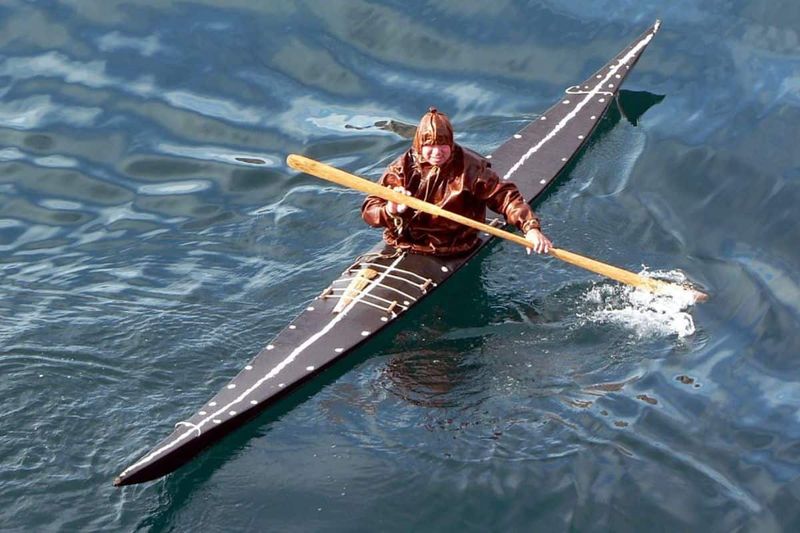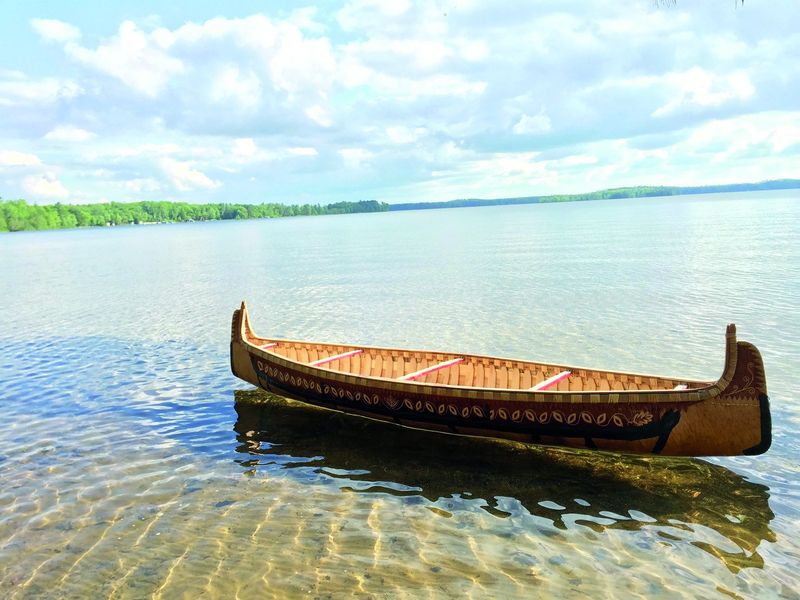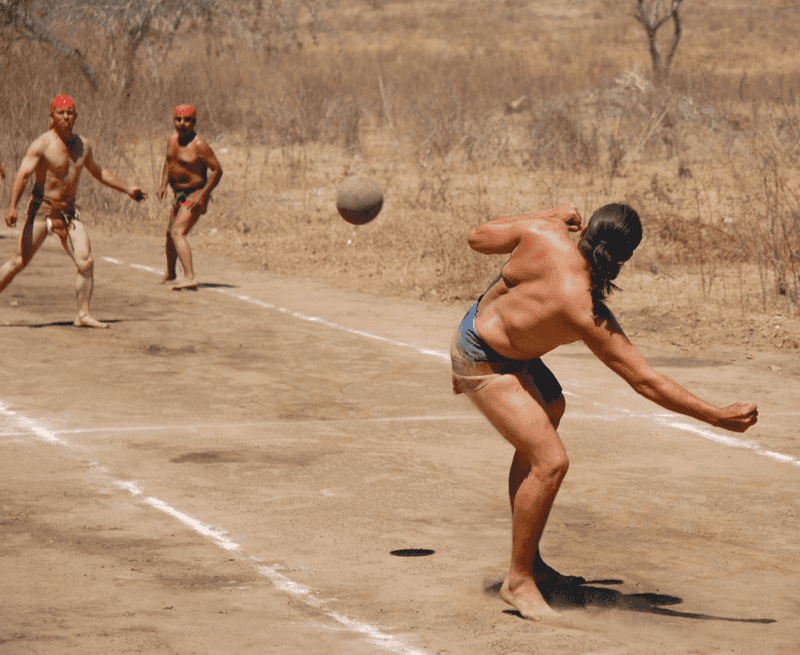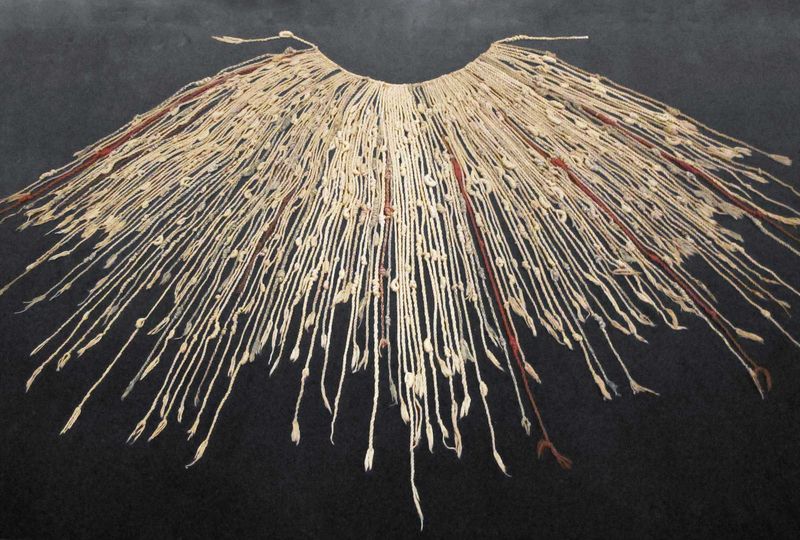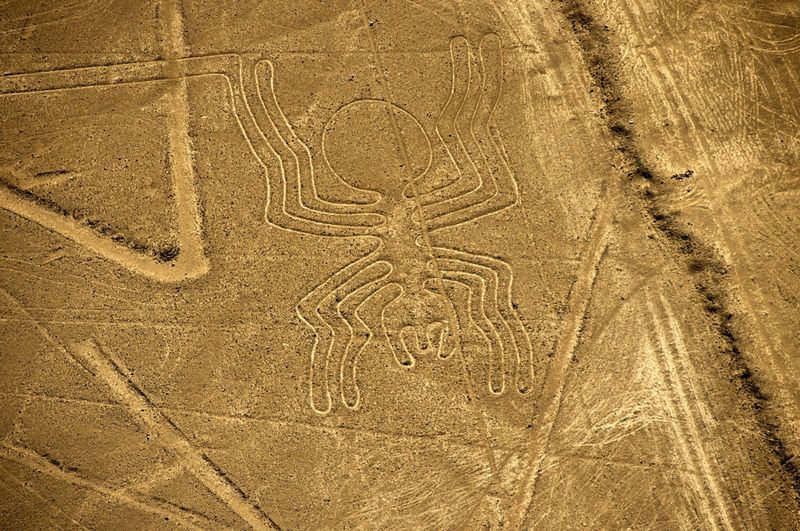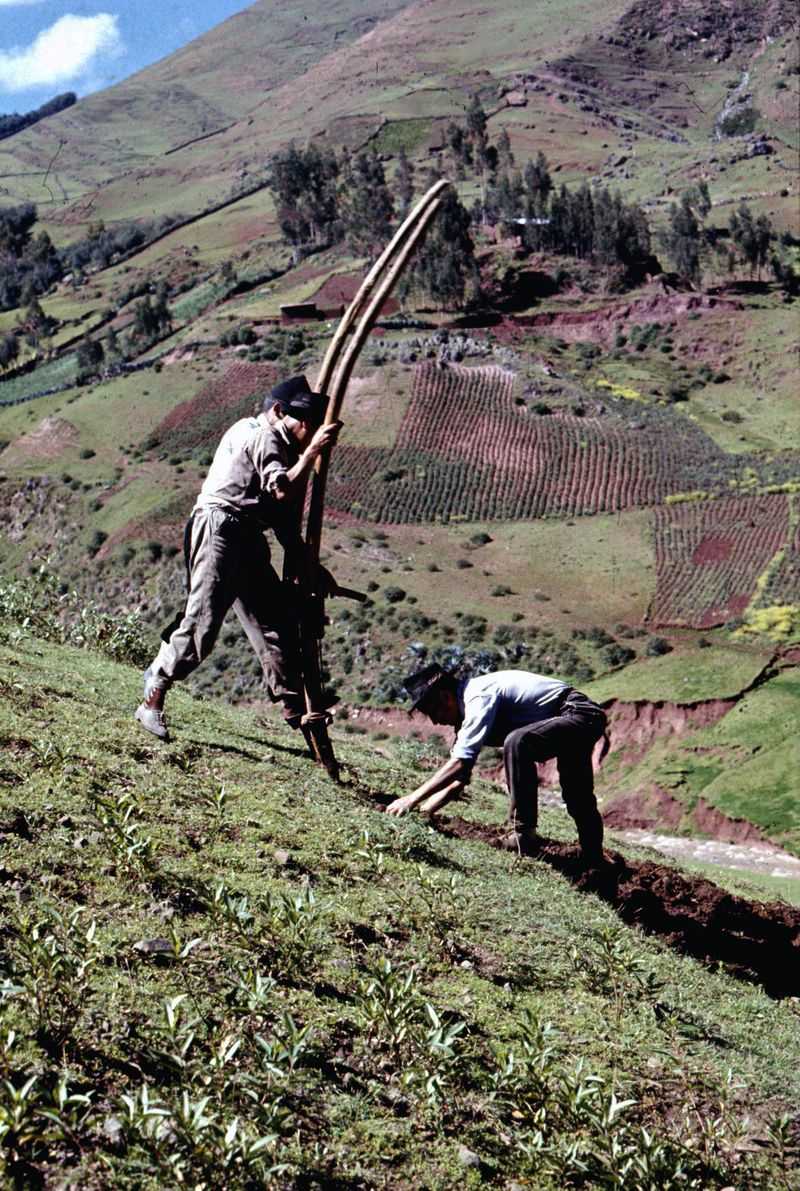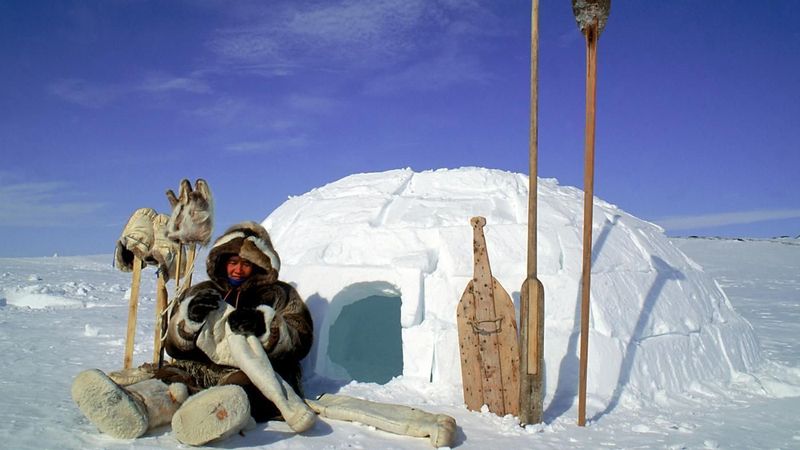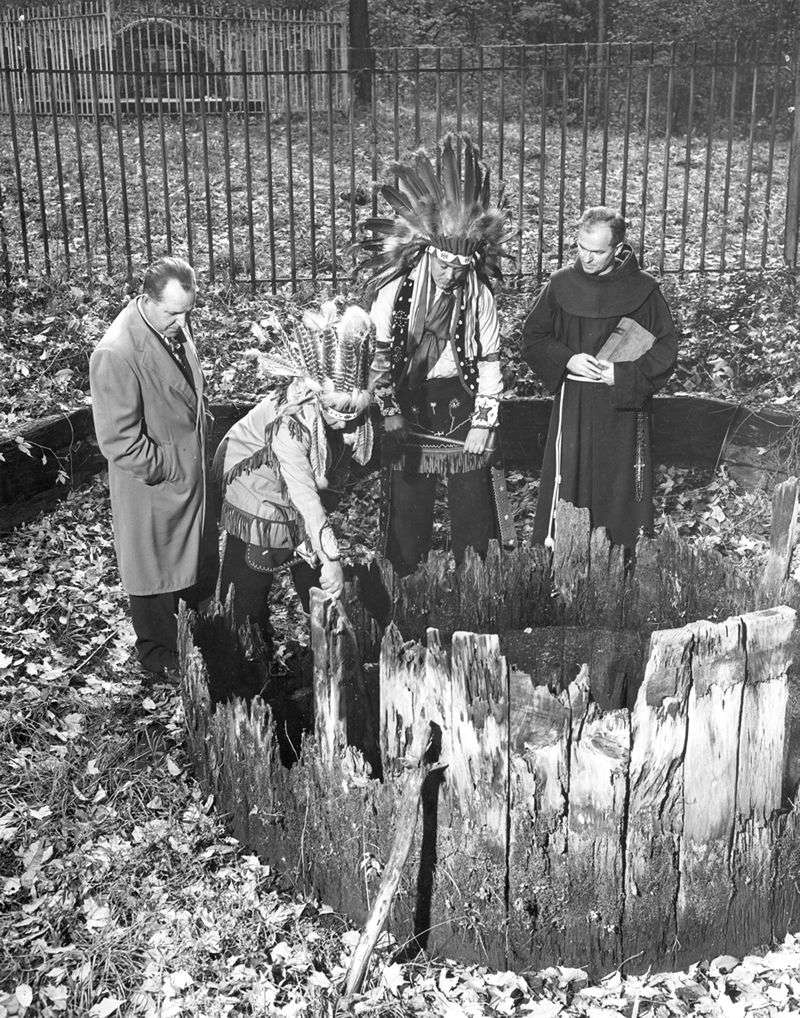Long before European arrival, the original inhabitants of North, Central, and South America created remarkable technologies that changed the world. Indigenous peoples developed solutions perfectly adapted to their environments, from agricultural innovations to complex recording systems. Many of these inventions continue to influence modern life, showing the ingenuity and wisdom of America’s first innovators.
1. Three Sisters Companion Planting
Imagine a garden where plants help each other grow! Indigenous farmers discovered that corn, beans, and squash thrive when planted together in a perfect partnership. Tall corn stalks provide natural poles for beans to climb, while beans add nitrogen to soil, feeding the hungry corn. Sprawling squash leaves create living mulch, blocking weeds and keeping soil moist. This brilliant system produced more food using less land and maintained soil health for generations. Modern permaculture experts still study this technique as a model of sustainable agriculture that works with nature rather than against it.
2. Kayaks: Arctic Engineering Marvel
Crafted from driftwood frames and waterproof sealskin, the kayak represents one of history’s most brilliant watercraft designs. Inuit, Yup’ik and Aleut peoples developed these vessels for hunting on frigid Arctic waters. A skilled hunter could roll his kayak completely upside down and back again if capsized—a life-saving maneuver in icy waters. The enclosed deck kept paddlers dry while the narrow profile cut efficiently through waves. The word “kayak” means “hunter’s boat” in the Inuit language. Today’s modern versions maintain the same fundamental design that proved so effective thousands of years ago.
3. Snow Goggles: Ancient Arctic Sunglasses
Snowblindness can permanently damage eyesight. Arctic peoples solved this deadly problem with ingenious protective eyewear carved from bone, wood, or ivory. These goggles featured narrow horizontal slits that dramatically reduced the amount of sunlight entering the eyes while maintaining peripheral vision for hunting. Some designs included soot rubbed around the eyeholes to absorb additional light—just like modern athletes’ eye black. The principle behind these goggles perfectly anticipated modern sunglasses technology by thousands of years. This invention demonstrates how indigenous innovation often developed solutions perfectly tailored to environmental challenges.
4. Canoes: Masterpieces of Watercraft Design
A revolution in transportation, indigenous canoes opened up vast networks of rivers and lakes across the Americas. Some tribes hollowed massive logs using controlled burning and scraping to create dugout canoes capable of carrying tons of goods. Northern peoples like the Ojibwe and Cree developed lightweight birchbark canoes—technological marvels weighing as little as 50 pounds that could carry 1,000 pounds of people and cargo! The birchbark exterior was waterproofed with pine resin and sewn with spruce roots. These vessels were so perfectly designed that when Europeans arrived, they immediately adopted them rather than importing their own boat designs.
5. Rubber Technology: Bouncing into History
The bouncy ball in your toy box has ancient roots! Olmec, Maya and Aztec peoples discovered how to process the sap of rubber trees into flexible, waterproof material around 1600 BCE—over 3,500 years ago. They mixed natural latex with juice from morning glory vines to create rubber balls for ceremonial games played on massive stone courts. These same cultures created waterproof footwear, containers, and even primitive rubber balloons long before vulcanization. When Europeans first witnessed rubber, they were amazed. This Mesoamerican technology eventually transformed modern industry, transportation, and medicine once Europeans learned to replicate the process.
6. Quipu: Knotted String Computers
Before spreadsheets or calculators, Inca administrators tracked their vast empire using bundles of colored, knotted strings called quipus. These weren’t simple tallies—they were sophisticated data storage devices! Different colors represented different categories (like crops, weapons, or people), while knot placement and type indicated specific numbers. A trained quipu reader could instantly access census information, tax records, and historical accounts from these portable devices. Archaeologists have recovered over 800 quipus, but sadly, the full code for reading them was lost during Spanish colonization. These remarkable tools demonstrate how indigenous peoples developed complex information systems without written language.
7. Nazca Lines: Monumental Earth Art
Stretching across Peru’s arid Nazca Desert, enormous geoglyphs of animals, plants, and geometric patterns remain one of archaeology’s greatest mysteries. Created between 500 BCE and 500 CE, these massive ground drawings can only be fully appreciated from high above. The Nazca people removed reddish surface stones to reveal lighter soil beneath, creating lines that have survived for over 2,000 years due to the region’s stable climate. Some individual figures span more than 1,200 feet across! These remarkable creations demonstrate advanced understanding of large-scale design and engineering. The precision of these massive artworks suggests sophisticated planning methods that still puzzle modern researchers.
8. Foot Plough: High-Altitude Farming Innovation
Farming on steep Andean mountainsides required special tools. The chakitaqlla (foot plough) brilliantly solved this challenge, enabling agriculture at elevations over 12,000 feet where modern tractors still cannot operate. Unlike European ploughs pulled by animals, this human-powered implement featured a footrest and curved wooden handle tipped with bronze or stone. The farmer would drive it into soil using body weight, then lever it forward to turn earth for planting. This technology allowed cultivation of potatoes, quinoa, and other crops on seemingly impossible terrain. Impressively, many Andean farmers still use this ancient tool today, proving its enduring practicality in mountainous regions.
9. Adobe Architecture & Aqueducts: Desert Engineering
Ancient Pueblo peoples mastered desert living through architectural genius. Their multi-story adobe apartment complexes at Taos Pueblo have been continuously inhabited for over 1,000 years—making them among North America’s oldest residential buildings still in use. Further south, Aztec engineers created aqueduct systems to bring fresh water into Tenochtitlan across Lake Texcoco. In Peru, the Nazca built puquios—underground aqueducts that tapped into hidden water sources, creating oases in one of Earth’s driest deserts. These sophisticated water management systems and sustainable building techniques perfectly adapted to local environments. Many principles from these ancient designs influence modern sustainable architecture.
10. Snowshoes & Igloos: Winter Survival Technologies
Winter in northern regions brings deep snow and bitter cold. Indigenous peoples developed ingenious solutions that modern outdoor enthusiasts still rely on today. Snowshoes distribute body weight across a larger surface area, preventing sinking into deep snow. Original designs used wooden frames with rawhide webbing, allowing hunters to pursue game in winter when food was scarce. Equally impressive are igloos—dome structures built from snow blocks that could be constructed in hours. The interior temperature could reach 40°F even when outside temperatures plunged to -40°F, thanks to snow’s insulating properties and body heat. These brilliant designs turned deadly winter conditions into survivable situations.
11. Petroleum Use: Ancient Oil Industry
Long before modern oil wells, indigenous peoples of North America discovered valuable uses for natural petroleum seeps. The Seneca and other Iroquois nations collected oil that bubbled to the surface in parts of Pennsylvania and New York. This “Seneca Oil” served as medicine for joint pain, skin conditions, and respiratory problems. Tribes also used petroleum to waterproof canoes, baskets, and moccasins, and as adhesive for tool making. When European settlers learned about these applications from Native Americans, it eventually led to the world’s first commercial oil well in Pennsylvania in 1859. This indigenous knowledge sparked the modern petroleum industry that transformed global civilization.
12. Aspirin’s Ancient Roots: Willow Bark Medicine
Got a headache? Thank indigenous healers! Tribes across North America discovered that chewing willow bark or brewing it into tea relieved pain, reduced fevers, and eased inflammation. Cherokee, Blackfoot, and many other nations used this remedy for centuries. The active ingredient—salicin—is chemically similar to acetylsalicylic acid, the compound we know as aspirin today. German chemist Felix Hoffmann finally synthesized a stable form of this compound in 1897, creating modern aspirin. This indigenous medical knowledge directly contributed to one of the world’s most widely used medications, demonstrating how traditional wisdom continues to benefit humanity through modern science.


